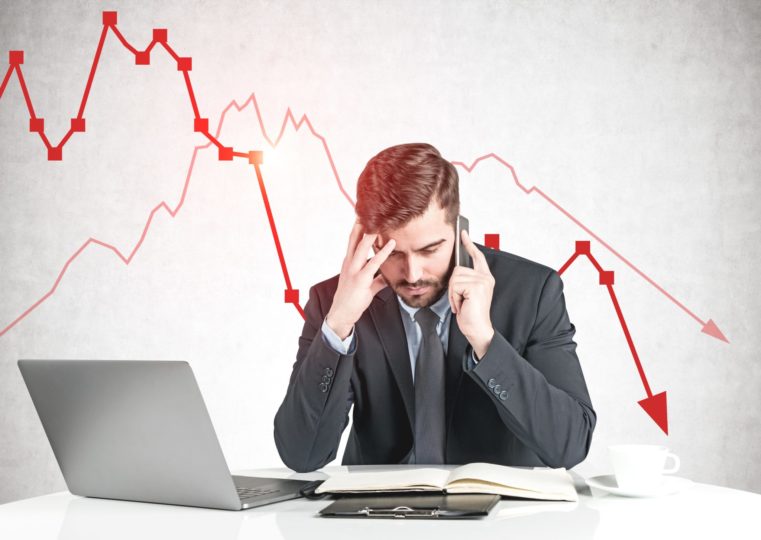
Blog
How Crowd Chasing Has Lead Robinhood Investors Astray
January 21, 2022
In the early days of the pandemic, millions of young people, stuck at home and flush with cash from stimulus checks, opened brokerage accounts. For many of these investors, it seemed like they could no wrong, earning big returns by following social media tips and keeping up with trends on Robinhood, but with the market’s recent downturn, especially among more speculative growth stocks, many investors are learning the hard way that jumping on the bandwagon doesn’t always pay off.
The Wall Street Journal provides an interesting overview of how, in their estimation, Robinhood users have robbed themselves.
Initially, simply following the crowd was a winning strategy for many investors. According to the “RH Top 100 Fund,” a hypothetical index that tracks the top stocks held by Robinhood users. In 2020, it rose 101.7%, roughly six times the S&P 500’s performance for the year. Robinhood users were able to easily see trending activity in the app’s “Top Movers” section and act accordingly. Some critics contend that Robinhood’s app induces users to trade frequently by telling them what others are doing on the platform, stoking their FOMO, or Fear Of Missing Out.
While investors may have been afraid to miss out, it seems like the bigger worry should have been jumping in at the wrong time. Robinhood has since curtailed how much data it makes public, but analysts have been able to manually track the top moving stocks on the app. Many stocks that joined the top 100 based on strong performance in 2021 have since seen sharp declines. On average, the 27 stocks that entered the top 100 last year are down 16% just this month, according to the Wall Street Journal.
A recent academic paper showed how Robinhood’s app influences investor behavior, noting that inexperienced investors are more likely to be influenced by what they see others doing and that Robinhood’s “Top Movers” are traded disproportionately. The researchers also noted that avoiding the trends may have been a more profitable strategy. The researchers noted “herding events” where Robinhood users would move en masse to a new stock. Selling shortly after one of these events and then buying the stock back five days later resulted in a gain 63% of the time with an average return of 3.5%.
